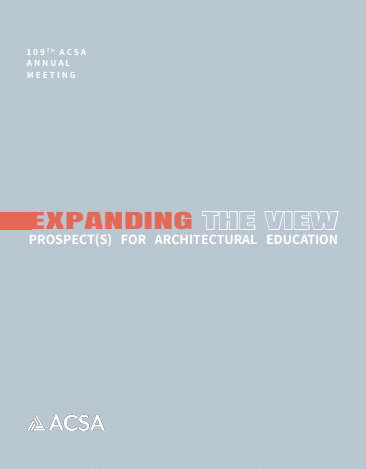Author(s): Stefano Corbo
This paper attempts to unfold the intricate relationship between architecture, the discourse around utopia, and the form of utopia itself with a specific focus on recent phenomena. Utopia intended not as illusion or as imaginary world, but as prefiguration, the realm of not yet—something that is not existing now, but that can exist in the future. Utopia not as a dream but as a project. For centuries, social and political demands have inspired the materialization of very specific episodes, both at the urban and the building scale. From Sforzinda’s Ideal City to Hilberseimer’s Vertical City, passing through even naïve and provocative proposals such as Superstudio’s Supersurfaces, form has always represented the main medium to see beyond current models and to propose alternatives, whether those proposals had actually the ambition to question the status quo or simply to lyrically run away from it. From the late 1970s on, the dialectics between utopia and form has progressively evaporated. Today, in the so-called age of Hyperobjects—a term introduced by Timothy Morton in 2013 to describe the overwhelming impact of human activities on earth—the notion of utopia can be brought back to the table to face new challenges and new systemic issues. The form that utopia can take will gravitate around the idea of assemblage, as introduced by philosopher Manuel DeLanda. Theoretical and operative consequences of assemblages in the territory of architecture will be explored, as well as their contribution in the definition of a radical yet real project of future.
https://doi.org/10.35483/ACSA.AM.109.47
Volume Editors
ISBN
978-1-944214-37-1

 Study Architecture
Study Architecture  ProPEL
ProPEL 
